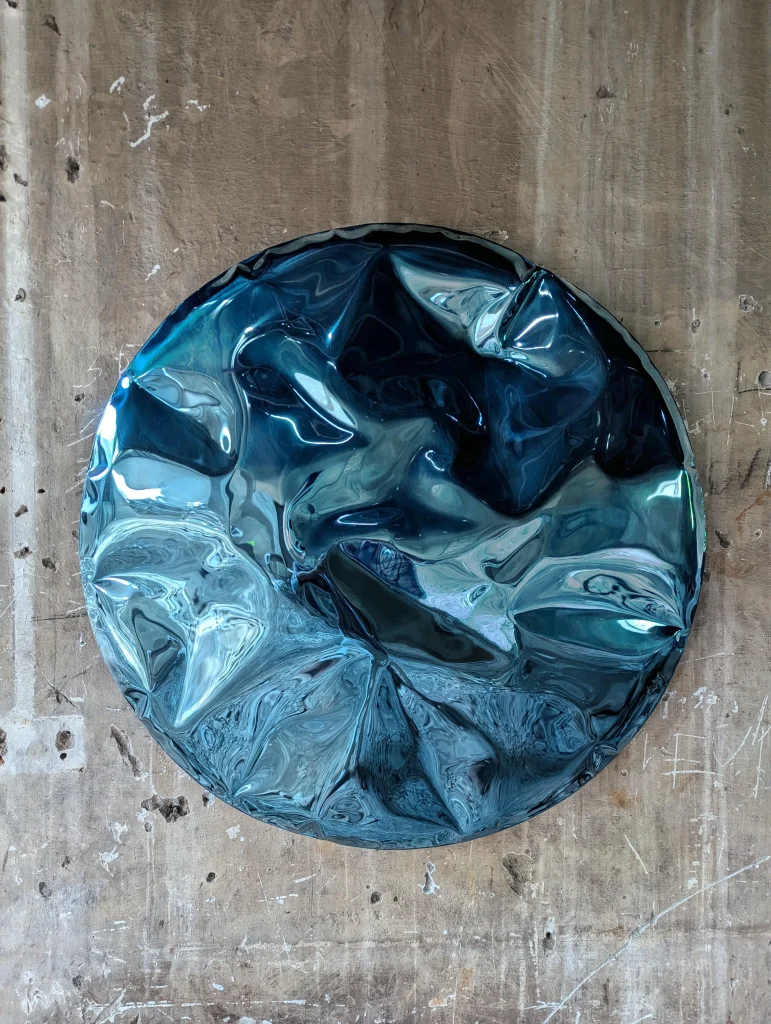
EXCERPT: On Contemporary Turkish Design
By Gökhan Karakus
Originally published in Exhibist, Issue 10, October 2016
Turkish Design as Pattern Geometry and the Modernist Pedigree
It is in this framework that the notion of ‘Turkish Design’ has become an interesting case study of the role of abstract geometry, materiality, and pattern in the Eastern context. The themes that have appeared in design in Turkey during the past 20 years largely occurred within this 1000-year-old dynamic. The material culture of Turkey in its architecture, art and design has proposed a condition for designers which has approached the problem of form creation in the same way as the Turkish culture of the original Turkish civilisations of Timurid, Ilkhanid, Selcuk and Ottoman origins — as a hybrid way of making that is art, design, and architecture mixed into one, with geometry and pattern taking a formal role. In looking at the origins of Turkish decorative art and architecture in these earlier Turkic civilizations, which later coalesced into the more expansive projects of the Ottoman Empire, we see examples of a modular geometric and mathematical design approach and Eastern character.


The importance of this approach to form-making, Turkish design based on abstract patterns and geometry, is that it continued into the 20th century. Intriguingly in design in Turkey, there has been a steady yet vague presence of the geometric and pattern-based approach in modernist design primarily since the 1950s. We can see this especially in the work of some Turkish designers in the second half of the 20th century, primarily the ceramicists and furniture designers that applied principles of Modern Art and design to these methods of production in Turkey and the East. That is to say, with geometry and pattern as a basis, the generation of form is realized within the material production of design, its techniques, and material constraints, resulting in what we can loosely term as the idiom of Turkish design.
The basis for this new approach, in line with Turkish culture’s traditional interest in abstraction, materiality, and pattern, did not just originate only from architecture but rather more so from the post-WWII Modern Art of Europe and North America. In the second half of the 20th century in Turkey, as a result of the influence of global Modern Art and architecture, there was a renewed appreciation for geometry and pattern in the work of a series of modernist practitioners.


During the post WWII period in Turkey, there would be a number of artists, architects, and later designers, who focused on geometric abstraction in a way that featured a new appreciation of geometry and pattern within a modern focus. Figures such as artists Mubin Orhon, Bedri Rahmi Eyuboğlu, Şadi Çalik and İlhan Koman mixed geometry, pattern and abstraction with materials and techniques. In architecture, Turgut Cansever, Hayati Tabanlioğlu, Behruz Çinici, Sedad Hakkı Eldem, Abdurrahman Hancı, Danyel Çiper, Günay Çilingiroğlu and Cengiz Bektaş applied geometry, pattern, and module to large architectural projects. But perhaps most dramatic was in the traditional art of ceramics as practiced by the likes of Sadi and Belma Diren, Atilla Galatalı, and Hamiye Colakoğlu.




For example, from the 1950s to the 1970s these Turkish ceramicists designed murals with Turkish iconography and developed original combinations of relief tiles that resulted in large, geometrical interior surfaces which complemented the space and light of modern architectural settings. Utilizing the traditions of creating abstract forms through patternmaking in Turkey, these designs realigned craft-based traditions and design to a completely new modern synthesis of form and material that we can consider to be one of the foundations of modern design in Turkey, alongside the continuation of Turkish traditions in decorative art, material culture and design.





